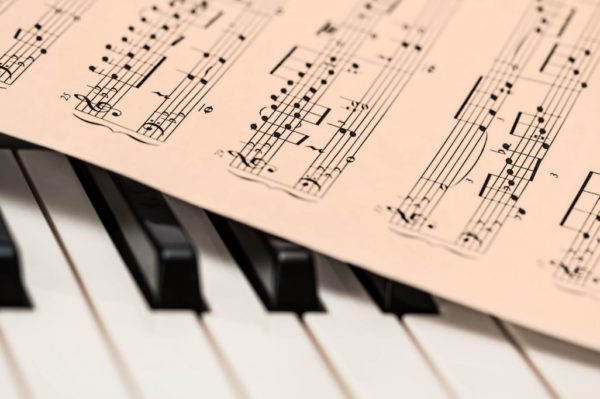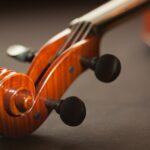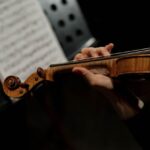Concerto music is a well-known classical genre. It is the show of improvisation masters and one of the most entertaining kind of musical events. Ever wondered, what exactly a concerto is? Never been sure how to listen to a concerto? This easy guide will help you out.
Here are your 8 important takeaways!
1. The concerto with musical instruments has a long history, even its current form is more than five hundred years old! In singing, having a solo and a choral answering format, goes back to the dawn of humanity.
2. The original meaning of the word concerto is not one, but two. One meaning is agreement, the other is competing. In other words, instruments are both competing and cooperating.
3. Main attraction of any concerto is the solo part, most often it is a piano. Great composers wrote such pieces for themselves, writing down the score only for the orchestra and leaving the solo parts up to improvisation. This is exactly, what made these events wonderful! Masters playing from heart as they felt coming!
4. After publication, the composers usually lost interest in these finalized concertos. For example, it happened only once that Beethoven played one of his already published concertos!
5. As music moved from religious events to chambers and concert halls, from nobility to civil citizens, it was J.C. Bach (the eighteenth son of Johann Sebastian Bach), also known as the London Bach, who played open concertos to audiences in London, willing to pay for music. Soon, Mozart and later Beethoven followed suit.
6. For a musician a concerto is a vehicle for improvisation. Still, if we analyse these compositions, we can identify a strict structure behind. Each movement will consist parts for the orchestra, parts for the solo instrument and some parts for both together. These are called S as solo, T as tutti (together). A typical concerto movements looks like this: T1 – S1 – T2 – S2 – T3 – S3 – T4 – cadenza – T4.
7. Speaking of forms, a concerto will also follow the sonata form, too. Meaning, there are fast and slow movements; or the solo instrument will repeat the theme of the first tutti (double exposition). The middle movement is the least predictable part, this is where the solo instrument would improvise more freely. In case of Beethoven especially. In his Third Piano Concerto the development section is so long, almost like a separate piano work.
8. Concerto music had well defined periods throughout history. Instruments, style and purpose changed in each era. These important periods were the baroque vocal-instrument concerto (XV.-XVI. century), the baroque concerto grosso (XVII-XVIII. century), the classical concerto (XVIII-XIX. century) and the romantic era (XVIII-XX.). The modern era up till the 1950s finally brought the end of this musical genre, not developing further, but rather looking back to old times, even back till the baroque style.
For more details and a comprehensive article on concertos, click here: The concerto









